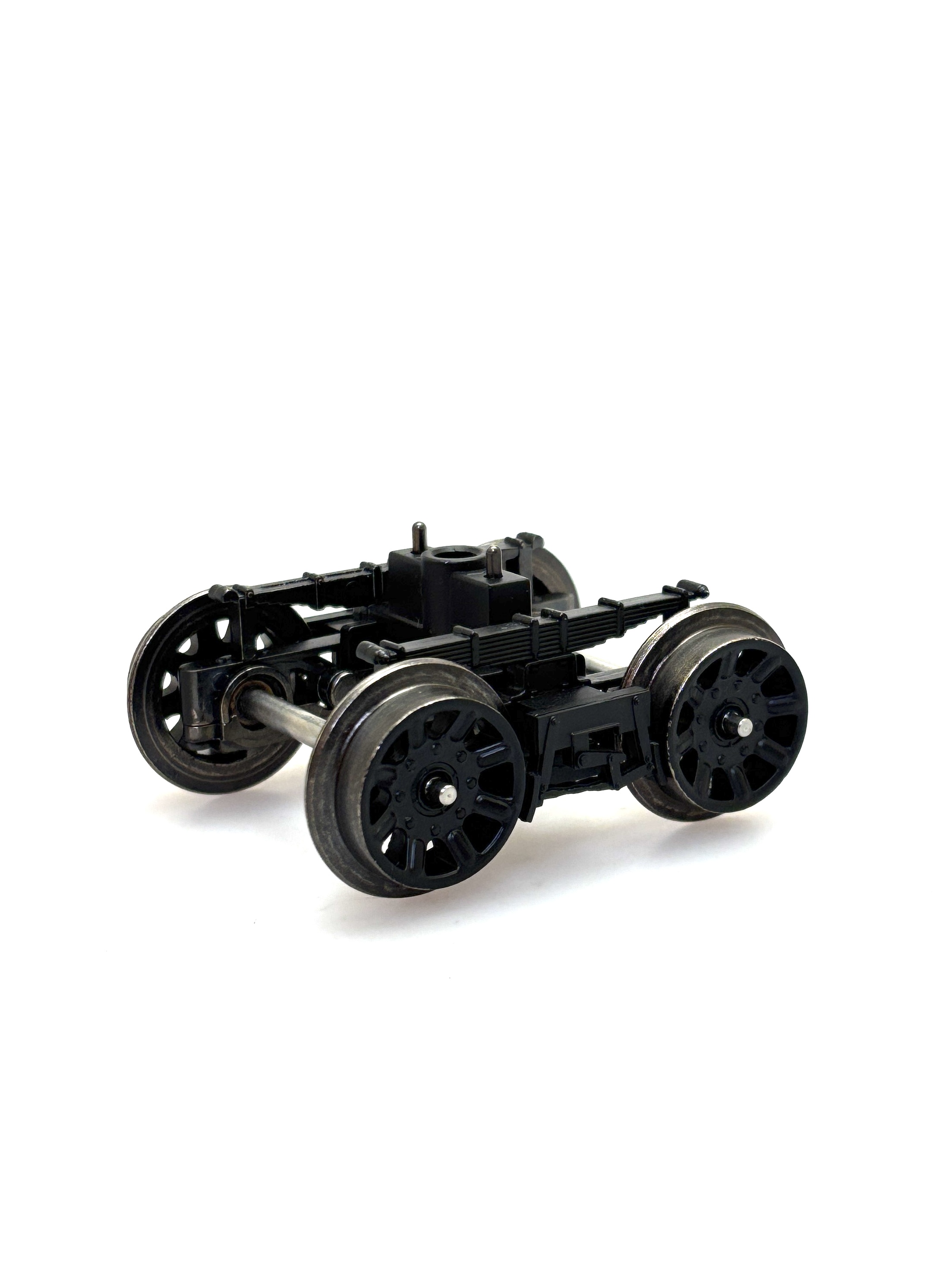A modeling project that has been on the back burner for several years is the development of a Fire Train for the South Fork Timber Co.
What is a fire train, glad you asked.
What follows is a brief history of fire in the logging woods and what the logging companies did about it.
FIRE TRAINS
Fire was always a huge problem for the logging and lumbering companies in the arid Pine forests of California and Oregon. A forest fire was almost inevitable during the Summer months in any logging operation from the 1880’s to the 1950’s in these dry mountains. Forest fire in the West is still a major problem and concern, the difference between then and now is, that back then, logging crews were in the woods with man power and equipment ready and willing to attack any fire outbreak. Granted a great majority of the fires were started by the logging and railroad equipment no matter how careful the crews tried to be. The fact is they were already on the ground and could usually control any fire outbreak before it could become what we know now days as a conflagration, consuming hundreds of thousands of acres.
Photo from Tim Purdy’s book Fruit Growers Supply Company
I suppose I must, at this time, insert a disclaimer.
This is not about politics or governmental policies, just history, so please don’t take it there, thank you.
By the early 1920’s many large logging/lumbering companies in Northern California and Southern Oregon had huge financial investments in timber land as well as mills, railroads, and crews to harvest, process and sell these trees converted to lumber to build this nation. Fire was the last thing in the world they wanted to see happen, the loss of timber, the cost of man power to fight any fires and the cost of equipment to do so was a huge drain on their profits and after all that’s what they were there for, profit.
But fire happened and better ways to fight and control the outbreaks were needed. Many of the larger companies set up special crews and equipment and conducted training of their logging crews so they could be better prepared to handle the fires. Some starting with just ground crews using shovels and saws to get a jump on the flames. Some started transporting fire trucks on flat cars to be brought into the fire areas and help control the flames. Of course equipment and techniques advanced, loggers being the innovative men they were, came up with bigger and better ideas.
There is no way of knowing where and when the first official “fire train” was put into operation and we must also consider what was a “fire train”. Some say it was fire fighting pumper trucks loaded on flat cars and pushed into the woods by a locomotive to the location of the fire, a good thought but realize they had very limited ability. Their biggest problem was the small amount of water they were able to carry and the range of their effectiveness. Others say it was the steam pump mounted on the pilot of a locomotive pumping water from the tender out a high pressure hose to douse fires, we can see how this would be self defeating.
Both photos from the book Pino Grande by R.S. Polkinghorn
End of chapter one, more to come.















